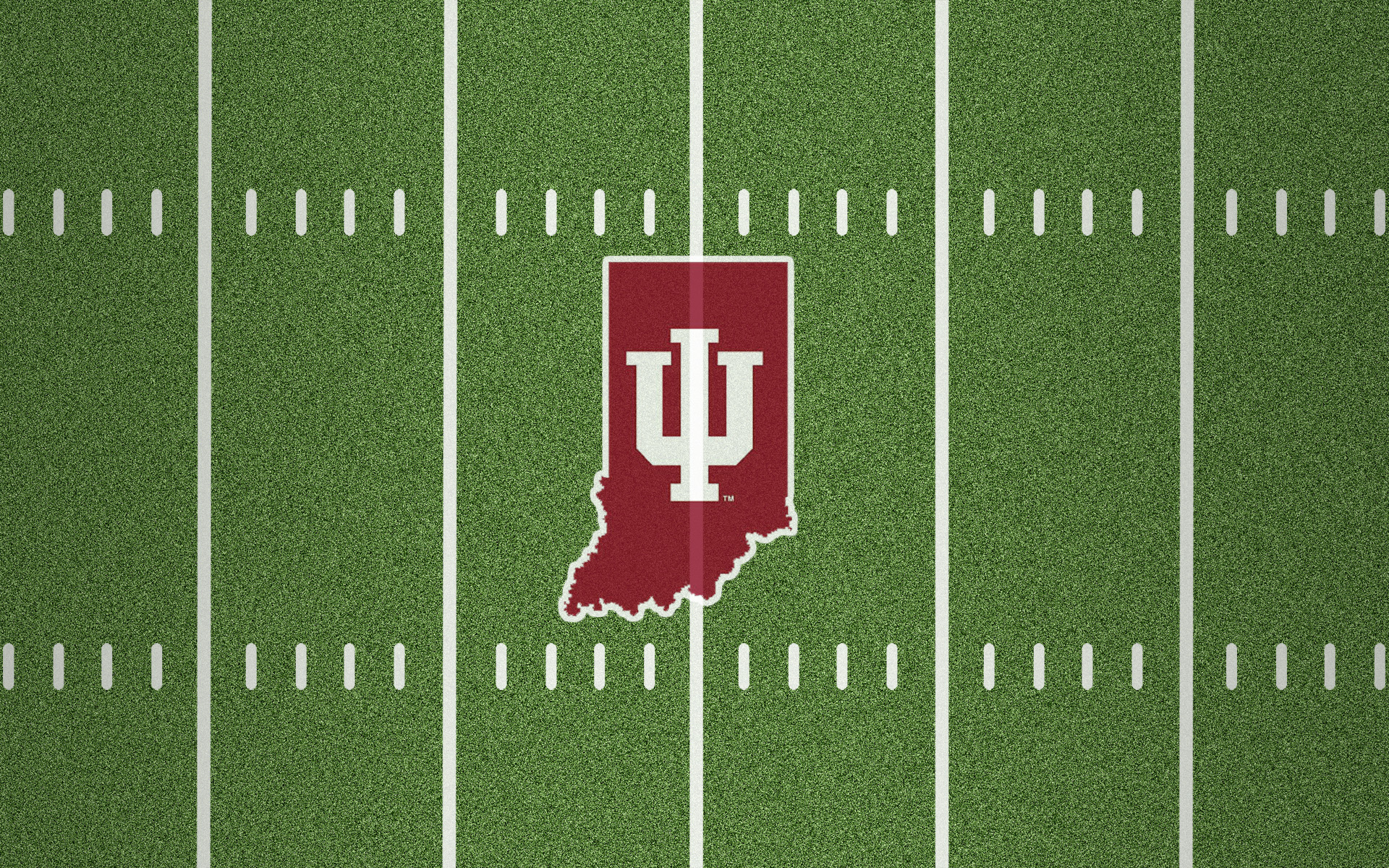Inside the Numbers: TaxSlayer Gator Bowl Indiana Hoosiers vs. Tennessee Volunteers
/Indiana quarterback Peyton Ramsey drops back to pass Image: Indiana University Athletics
Written by Andrew Walker
The Indiana Hoosiers are, at last, playing in the CFB bowl game slate on Thursday night in Jacksonville, Florida. For the first time since 2016, the Hoosiers are heading to a bowl game. The TaxSlayer Gator Bowl will be an interesting challenge for Indiana for a few reasons. Tennessee has been playing some decent football this season and shouldn’t be counted out. The Volunteers are coming into this bowl game having won six out of their last seven, making for a surely confident team. The Hoosiers have to be able to get the job done in all three phases of football in order to come out on top. With that being said, let’s take a look at some statistical advantages or disadvantages for each team and go inside the numbers.
1. Red Zone TD Efficiency
Indiana - 64.41%
I realize that I’ve harped on this all year long for the Hoosiers, but seeing as if in previous years this was one of Indiana’s downfalls, I’ll continue to advocate for red zone TD efficiency. With that being said, the Hoosiers have done exceptionally well this season with converting around two out of every three red zone trips into a touchdown. Indiana is going to have to be extra careful and efficient against this stout defense from Tennessee.
Tennessee - 50%
Somewhat less impressive, the Vols could only convert one out of every two red zone trips into a touchdown. What’s even more worrisome for their scoring offense, is they only score about 24 points per game, compared to Indiana’s 32.5. Tennessee’s scoring percentage in the red zone, with touchdowns and field goals accounted for, is right around 78%. Again, lower than Indiana’s 84% for the same statistic.
2. Rushing YPG
Indiana - 134.92
The Hoosiers’ ground attack has improved drastically from previous years. Indiana has been committing to the ground game quite a bit, even with both talented QBs that played well. Stevie Scott and Samson James lead the Hoosiers in rushing, with some very impressive numbers. Scott averages almost five yards per carry, a team high. James is averaging around 3.5 yards per carry as only a freshman. After Scott and James, both QBs that played this year, Peyton Ramsey and Mike Penix Jr. are numbers three and four in rushing for Indiana.
Tennessee - 144.83
Tennessee’s commitment to the ground game this year has paid off for them. They have a really strong run game and have had one all year. Ty Chandler and Eric Gray lead the Vols in rushing, both averaging over five yards per carry. Tennessee has needed this kind of production all year from their ground game, with Jarrett Guarantano just not getting the job done through the air that the Vols needed. He had a decent season, but nothing compared to either of the Indiana QBs.
3. Penalties
Indiana - 6.8 per game
The Hoosiers have struggled with penalties all year. Their ability to be penalized when it’s most inconvenient has been impressive, honestly. Giving up just over 65 yards per game to penalties isn’t going to win a bowl game. The Hoosiers have to stay disciplined and careful in order to not give up silly yards and first downs. Do I think Indiana’s offense can make up for their penalty ridden habits? Absolutely. It has all year. But nobody wants to be in a position where it has to.
Tennessee - 6.3 per game
Even though the number of penalties per game might be closer to each other than you’d think, the impact couldn’t be more drastic. Tennessee is being penalized for 13 less yards per game on average than Indiana. 13 yards is the difference between a game winning field goal being doable, or completely out of range. As a total, the Volunteers have been penalized for 156 less yards than the Hoosiers. It adds up. Again, do I think Tennessee’s offense can overcome their penalty numbers? Their ground game? Yes. Passing? I’d have to think about that one.



